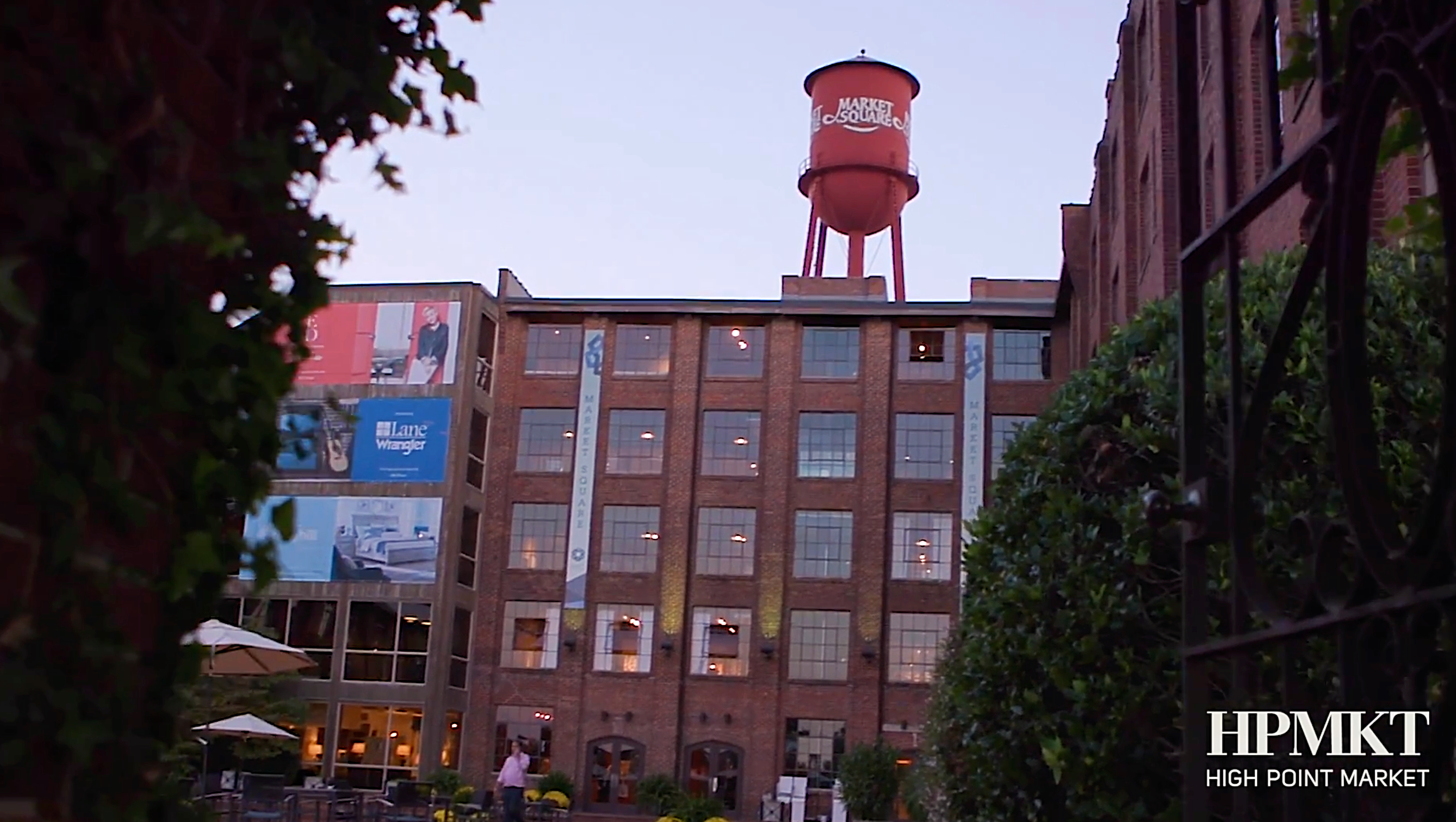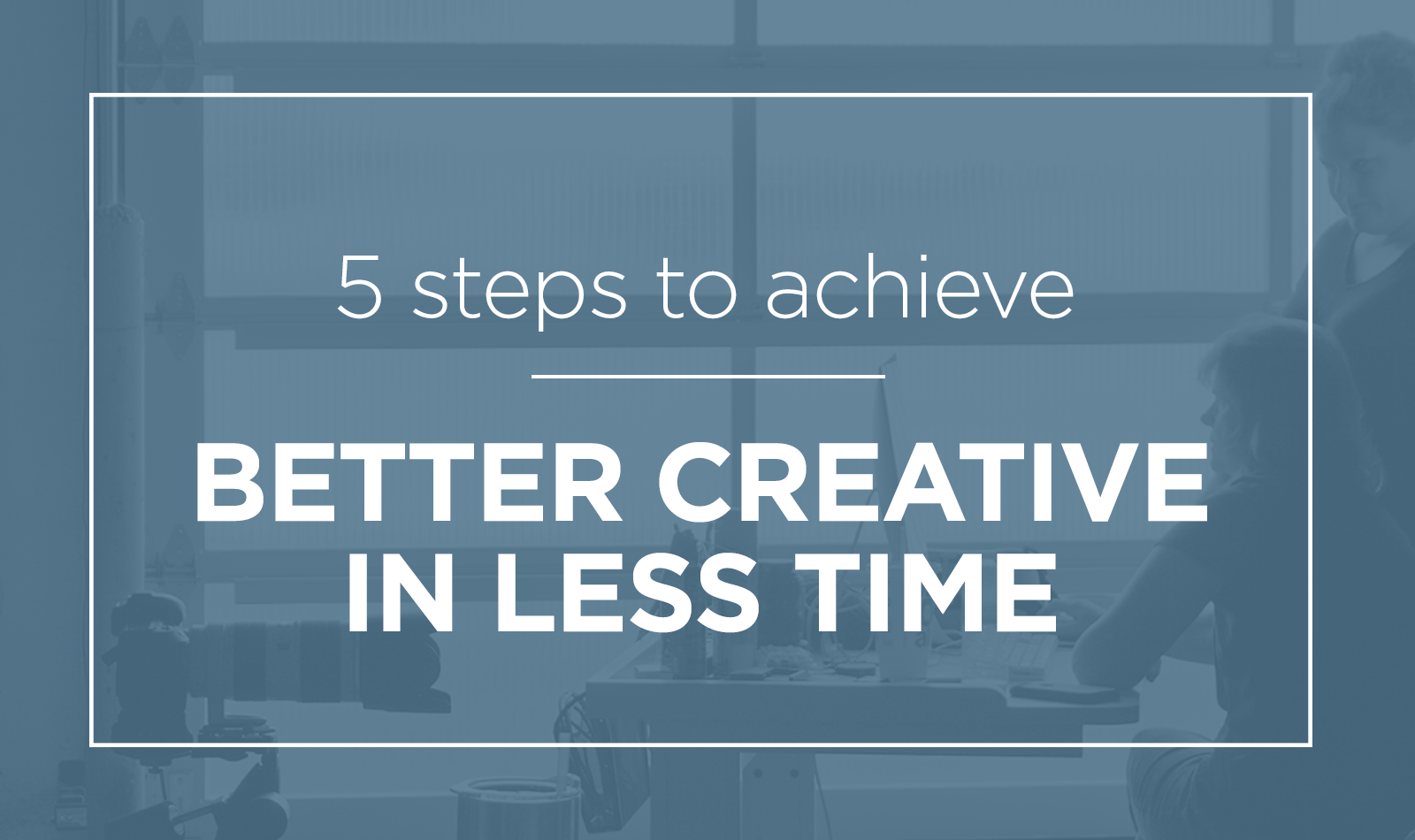
"Do more with less." It's not just a polite request—it's expected from everyone, all the time. Consequently, we all have a slash-this and slash-that in our job titles. Which means that no matter your background, if you’re in marketing, you’ll be asked to assign, comment on, and approve creative work at some point.
When presenting creative to our client partners, we often hear the following questions from them: What am I looking at? What should I react to? What kind of feedback are you looking for?
If those questions sound familiar, follow our five rules to get the best creative work from your partners and team—without spending a ton of time on back-and-forth emails or rounds of revisions. (Fortunately, a degree in graphic design, fine art, or creative writing is not required.)
1. Solidify the creative brief.
We could write an entire series of blogs just on brief writing (we take it that seriously), but the formula can and should be relatively simple:
- Convince your Target Audience
- That Product/Service X is the best choice
- Because of these Reasons to Believe
How the creative team solves that challenge is nothing short of magic, but I may be a teeny bit biased. 😉
Whether you or your agency write the brief, be sure to gain alignment on the project's objectives at the outset, even if you have to rewrite it several times. Putting in extra effort now will save a ton of time, confusion, and spin later.
2. Consult with your creative partner on how much time they really need.
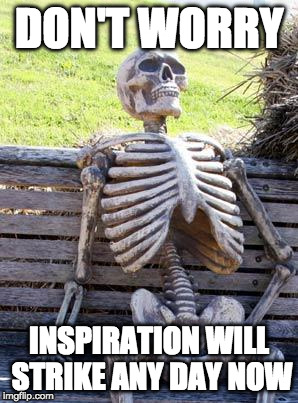
I often joke that as a creative, I'm always going to ask for more time. But the reality is, ideation and conceptualization do take time. Sometimes a creative team needs to take a field trip or make a purchase and live with it for awhile before inspiration strikes. Sometimes they need to throw the proverbial spaghetti at the wall for a few days before something sticks.
There's an old agency fable that a copywriter once wrote 800 headlines for a famous carmaker's billboard. You can imagine that took longer than a few days.
So if your creative partner needs more time up front, allow it—then steal a bit from the production end of the schedule. (Believe me, we're all used to robbing Peter to pay Paul.) Know your timeline and stick to it, but be flexible enough to know when pushing harder won’t help.
3. Don’t overdo it on the proofs.
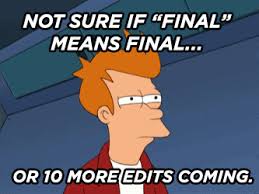
True story: I once went through 24 rounds on a direct mail postcard. There are a lot of reasons why "proof abuse" happens—too many cooks in the kitchen, evolving branding, an unclear brief (see Rule #1!).
Yes, keeping a project to the ideal three rounds of proofing takes discipline. And of course, it's not always possible, especially in retail, when we must react quickly to business imperatives or holiday events. We know. But if the brief is on point and there’s mutual trust, three rounds really should be sufficient to get where you want to be. And if it isn’t…
4. Rephrase your feedback.
Come prepared to every review—show up in the right frame of mind, with questions ready. (No in-person review? Request a call. If the feedback can't be written quickly, a phone call will still save you more time than hastily written annotations on a PDF, which often raise more questions.)
Listen carefully to the creative team's rationale for the work they're showing, and recognize the thought and care they put into it. If it’s missing something, enlist that very team to help you solve it. Ask collaborative questions like “How would you change this…?” and “If you had X, could you do Y?"—or my personal favorite, "In an ideal world, would you still do it this way?” Give them permission to create the very best version of the work. Be ready to provide something they may not already have. And by all means, be constructive.
It’s endlessly frustrating to hear “It’s not working” with no context as to why. Simply put, vague feedback won’t save anyone time, least of all you. Be specific, helpful, and clear in your expectations. Teams that feel respected will work harder for you, period.
5. The postmortem is your friend.
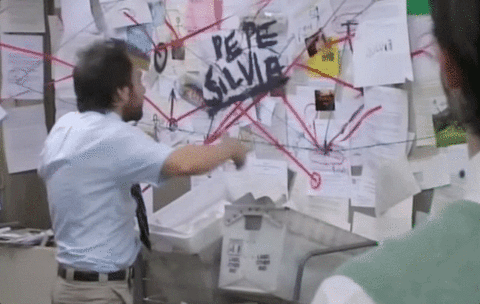
Sadly, the old postmortem is often a casualty of our time-starved workdays. Still, do insist on it, especially for big initiatives. Whether a project went swimmingly or not so much, talk with your creative partners about the whole process. Uncover what worked and what didn't. Ask what you could've offered that might've helped.
Even if you only take 30 minutes to reflect, it will save you gobs of time down the road, because you’ll be that much better at working together.
Final advice? Don’t give up on a creative partner unless specific criteria has been met that necessitates a breakup. It takes working together on a few projects to get to know each other and develop understanding on both sides, but a strong rapport will always lead to better, more consistent, and more effective work in, yes, less time.



